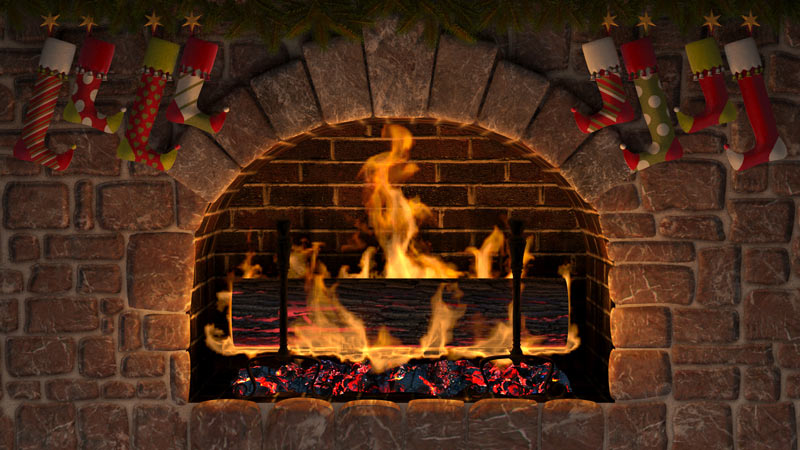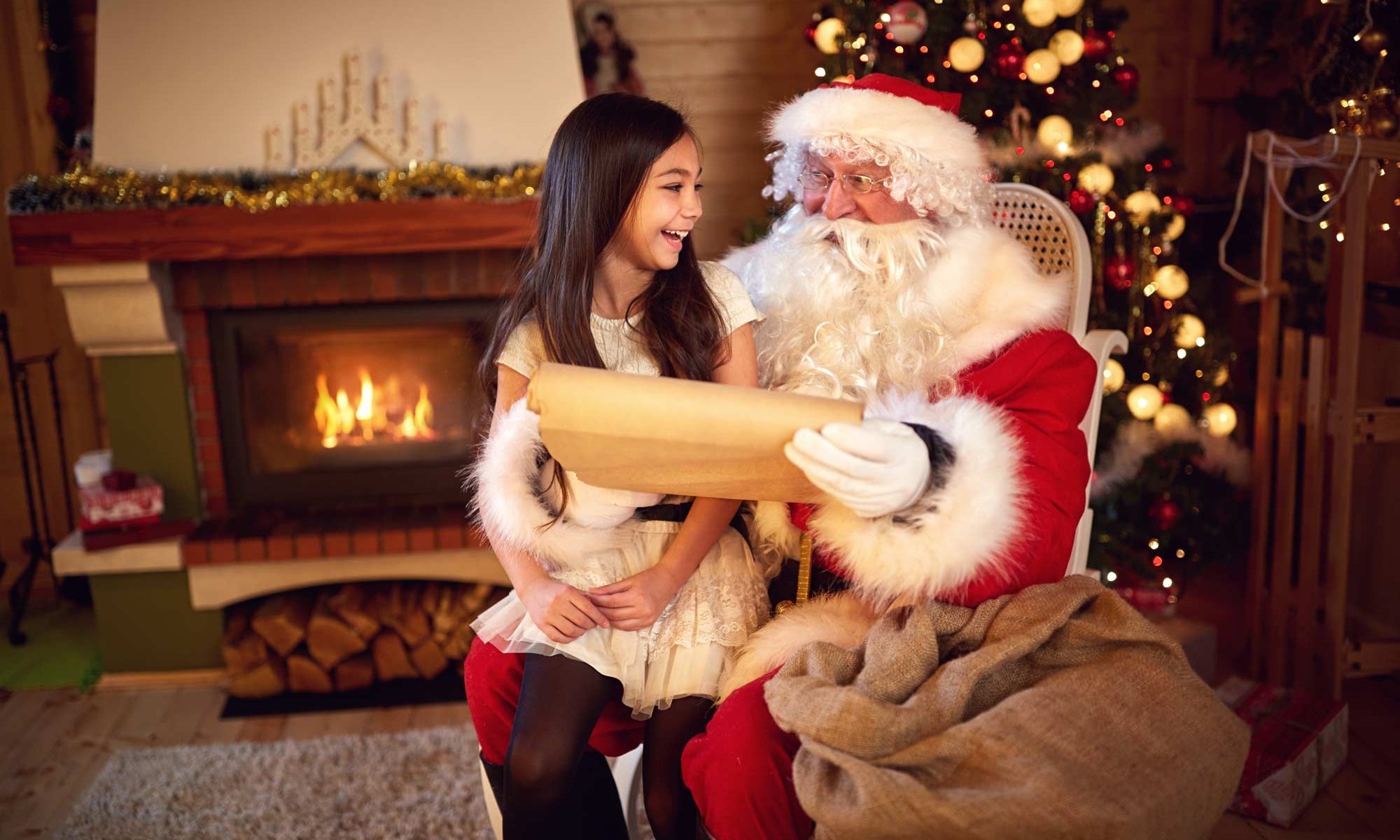A Guide to Christmas Traditions Around the World
Christmas traditions are a funny concept. We are taught from the moment that we celebrate our first holiday season to participate in countless amusing, yet outlandish customs. Even odder is the fact that it rarely dawns on us to question our participation. Speaking for myself, I never second guessed sitting on Santa’s lap and sharing my cherished wish list or posing for a photo with the elves in a Santa chair. It’s inevitable that country to country holiday customs differ drastically, however one thing is for certain: The origins of these traditions can get lost in translation.
America and Sitting on Santa’s Knee
When asked about the holiday season in America a list of immediately forms in my head:
- Red and Green
- Baking cookies
- Gingerbread houses
- Visiting Santa
However, by far the most notable holiday tradition in America is the annual trip that kids take to visit their local Santa, climb into the Santa chair, and confide in him their prized wish lists.
The story of Santa Claus was derived, centuries ago, from a monk who’s name was St. Nicholas. This monk became known for his generosity and piety as he traveled around the world spreading not only wealth and love, but also the name St. Nicholas. It wasn’t until the end of the 18th century that the story of St. Nicholas began spreading in American culture. In 1809, Washington Irving referenced the then Sinter Klaas (Dutch origin) in one of his books as the “Patron Saint of New York.” Soon after, the popularity of St. Nicholas skyrocketed and by the late 1840s kids were asking to visit Santa during Christmas. In 1924, the Santa craze had hit peak popularity as people would gather from everywhere to meet the Macy’s Day Parade Santa.
Germany and Christmas Trees
The Christmas tree is one of the most widely recognizable holiday emblems. Annually, families gather evergreens to house their gifts for one another. The decorating of the tree for many families is highly anticipated and we have Germany to thank for this tradition.
Decorating evergreen trees originated in Strasburg, Germany during the 17th century. The custom of decorating trees was a German tradition used to celebrate the winter solstice for decades prior to the concept of the Christmas tree. In the late 1800’s the Christmas tree came into popularity and could now be seen all over Germany. The Christmas tree was embedded in English and American holiday tradition by the 19th century.

Norway and the Yule Log
The Yule Log is a tradition which originated in Norway. First used to signify the returning of the sun after the winter solstice. The term “Yule” was derived from the Norse word “Hweol” meaning wheel. They viewed the sun as a wheel which circulated the Earth. Today, the burning of the Yule log embodies the Christmas spirit for families around the world. The Yule log feeds many fireplaces for the twelve days of Christmas to bring good luck for the year to come.

England and Christmas Carols
Carolers are a sign of joy and light in countless cultures during the holidays. Once called “Waits” because they only sang on Christmas Eve, carolers go from house to house singing Christmas songs to their neighbors in a hope to circulate holiday cheer. This form of celebration originated in England.
Millenniums ago, carols were used in Europe to celebrate the Winter solstice. The earliest carol was written in 1410 and titled, “I Saw Three Ships.” Briefly once the Puritans came into power in England, Christmas caroling was ordered to stop. This made the trend grow in popularity as people retaliated by singing them in secret. During the Victorian Period, caroling was once again accepted and used to signify the beginning of the Christmas celebrations in England.


